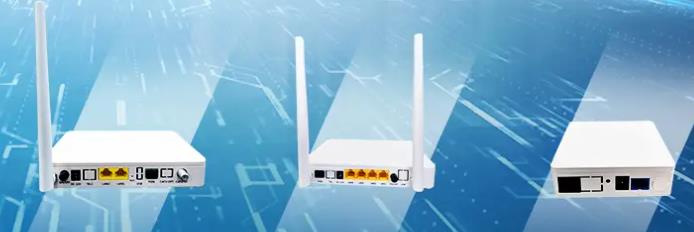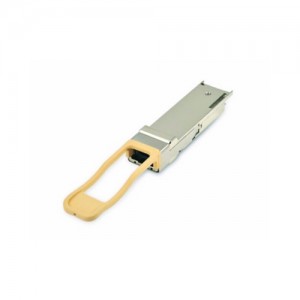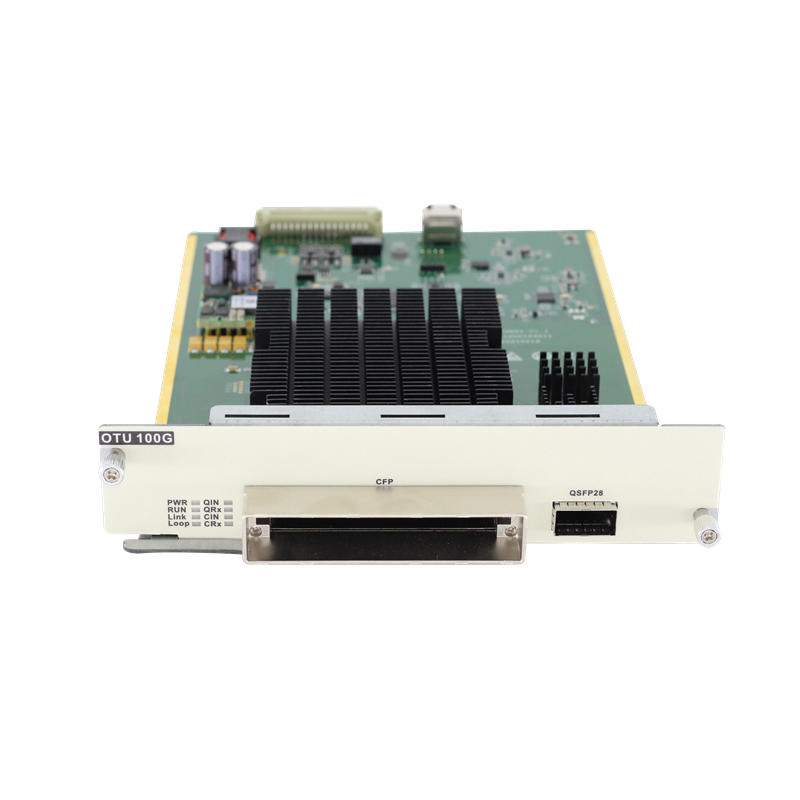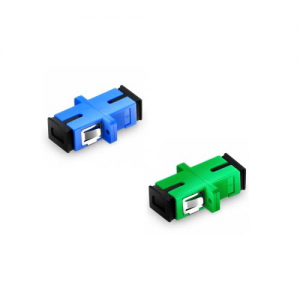News
-
How does the optical fiber transceiver module SFP work?
1. What is a transceiver module? Transceiver modules, as the name suggests, are bidirectional, and SFP is also one of them. The word “transceiver” is a combination of “transmitter” and “receiver”. Therefore, it can act as a transmitter and a receiver to establi...Read more -

ransceivers vs. Transponders: What’s the Difference?
Generally speaking, a transceiver is a device that can both send and receive signals, while a transponder is a component whose processor is programmed to monitor incoming signals and have pre-programmed replies in fiber-optic communication networks. In fact, transponders are typically character...Read more -

What is the optical module used for?
Optical modules are the most important part of optical communication equipment and the interconnection channel between the optical world and the electrical world. 1. First of all, an optical module is an optoelectronic device that performs photoelectric and electro-optical conversion. The optical...Read more -

Notes on Fiber Transceiver Design!
The rapid expansion of fiber optic networks, including data services measured in data volume or bandwidth, indicates that fiber optic transmission technology is and will continue to be an important part of future network systems. Network designers are increasingly comfortable with fiber optic sol...Read more -

What is the structure principle of wavelength division multiplexing system?
Optical wavelength division multiplexing is a technology that transmits multi-wavelength optical signals in one optical fiber. The basic principle is to combine (multiplex) optical signals of different wavelengths at the transmitting end, couple them to the same optical fiber on the optical cable...Read more -
What is the difference between a fiber optic switch and a fiber optic transceiver?
Optical switches differ from optical transceivers in: 1. Optical fiber switch is a high-speed network transmission relay device. Compared with ordinary switches, it uses optical fiber cable as the transmission medium. The advantages of optical fiber transmission are fast speed and strong anti-int...Read more -
What is the role of fiber optic transceivers
Optical transceivers are generally used in practical network environments where Ethernet cables cannot cover and optical fibers must be used to extend transmission distances, and they also play a huge role in helping to connect the last mile of optical fiber to the metropolitan area network and b...Read more -

Fiber optic adapter cleaning method
Although the fiber optic adapter is relatively small and belongs to the small part in the fiber optic cabling, it does not affect its important position in the fiber optic cabling system, and it needs to be cleaned like other fiber optic equipment. There are two main cleaning methods, namely Dry ...Read more -

Common Types of Fiber Adapters
There are many types of fiber optic adapters. The following mainly introduces the common fiber optic adapters such as LC fiber optic adapters, FC fiber optic adapters, SC fiber optic adapters and bare fiber optic adapters. LC fiber optic adapter: This fiber optic adapter can be used for the conne...Read more -

What is passive CWDM
CWDM passive wavelength division multiplexing equipment can effectively save fiber resources and networking costs, solve the problems of fiber shortage, multi-service transparent transmission and shorten construction period. Radio and TV 1310/1550CATV TV signals are transparently transmitted, rea...Read more -
Overview, Functions and Selection of Optical Switches
Overview of Optical Switches: Fiber optic switch is a high-speed network transmission relay device. Compared with ordinary switches, it uses fiber optic cables as the transmission medium. The advantages of optical fiber transmission are fast speed and strong anti-interference ability. Optical fib...Read more -
Description of the 6 indicator lights of the fiber optic transceiver
Our commonly used fiber optic transceivers have 6 indicators, so what does each indicator mean? Does it mean that the optical transceiver is working normally when all the indicators are on? Next, the editor of Feichang Technology will explain it in detail for you, let’s take a look! Descrip...Read more








